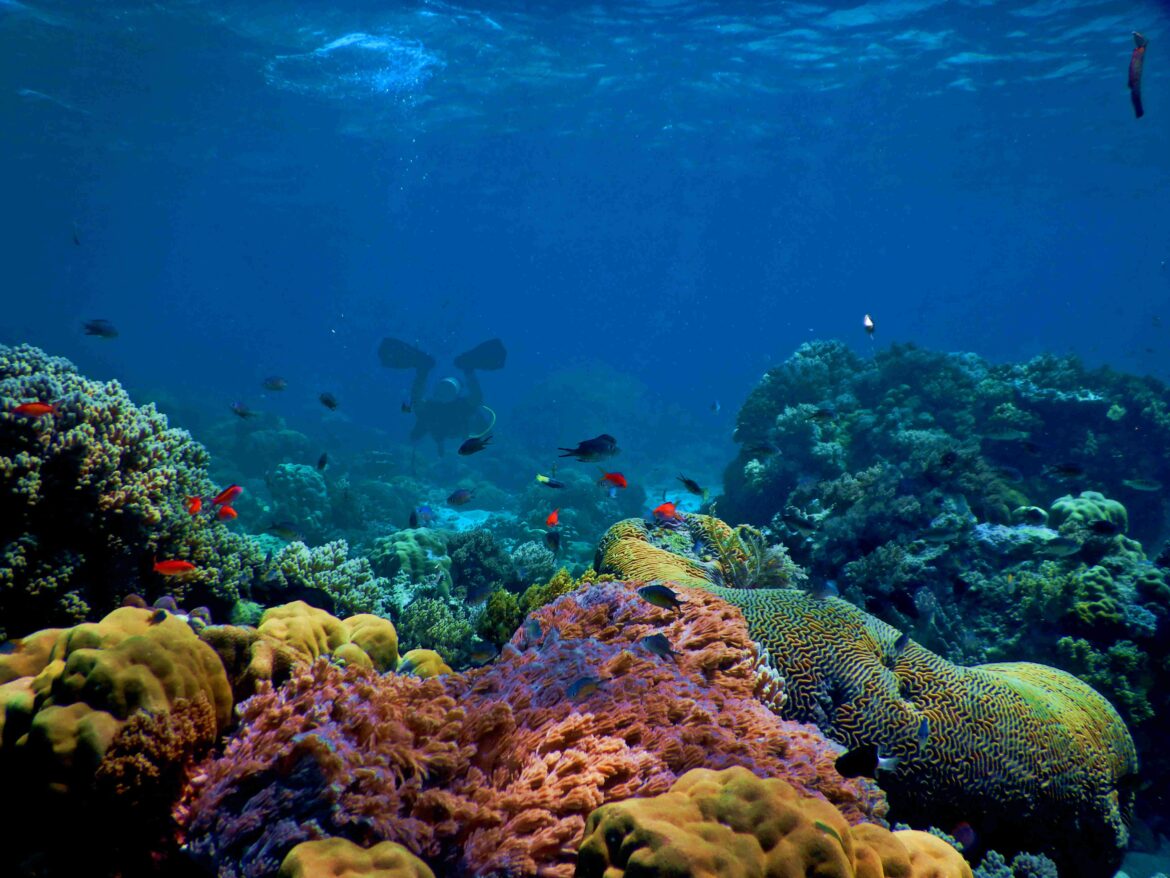On the 8th of June 2023, anguish was felt throughout the entirety of The Caribbean. The El Niño conditions had developed in the tropical Pacific, but why does this affect regions in the Atlantic Ocean?
The World Meteorological Organization (WMO) forecasted a 90% probability of a moderate-strength El Niño event continuing at least until the upcoming Winter of 2024. The El Niño Southern oscillation system causes a slowing of upwelling in the Atlantic Ocean, enabling the surface water to stay warm and be pushed towards the North American Eastern seaboard. The event presents a multitude of dangers to natural processes, one of the most pressing being its ability to enhance coral bleaching events. Coral bleaching is characterized by coral’s expulsion of zooxanthellae, causing the coral to lose their colour and turn white. When coral has bleached it is subject to mortality but still alive. Research indicates that once corals bleach, the probability of the reef replenishing itself is low.
The ‘Catalyst’ event for the process of bleaching is an increase in seawater temperatures by as little as 1.12 Celsius, which in this case could occur solely due to El Niño weather conditions which are expected to raise oceanic temperatures by a minimum of 1.5 Celsius and up to 3 Celsius this year. Bleaching events commonly occur when coral is under stress, and isolated colonies of bleached coral are often not a cause for concern. On the other hand, mass bleaching events have steadily been rising in the past decades causing the deterioration of reef colonies on a global and regional scale. The frequency of these events has been increasing during the El Niño event with six countries in the Caribbean undergoing significant bleaching events. Researcher Lorenzo Alvarez-Filip stated that “every single coral [he] saw was affected” with some species even “disintegrating”.
The process of bleaching is significant to local, regional, and global populations as corals act as carbon sinks regulating climate change by absorbing and storing carbon dioxide. They directly support over 1 million aquatic species, making them one of the most biodiverse ecosystems in the world. Corals also act as aid for nearly 100 million people in the Caribbean region, including 41 million people who are highly dependent on reefs for their food and livelihood. The National Oceanic and Atmospheric Administration (NOAA) estimates that approximately half of federally managed fisheries are directly dependent on coral reefs. As a result, the well-being of these animals is important to Caribbean communities that directly receive $3.4 billion annually in revenue from coral reefs. While this problem poses a direct threat to the security of these communities, it is further perpetuated through the secondary impacts that coral bleaching can have on the region’s tourism sector. Island nations such as The Bahamas are estimated to receive up to 70% of their Gross Domestic Product (GDP) from tourism and closely related services. The main attractions for tourists visiting the region are its (seemingly) untouched coral reefs and diverse marine ecosystems. Coral bleaching reduces the aesthetic and conceptual appeal of reefs, by causing them to lose their colour, often leading to a decline in tourism at the expense of hotels, dive shops, and fishing charters eventually leading to potentially long-lasting consequences for the host nation’s economy. The elevated sea surface temperatures associated with El Niño will likely continue to slow coral development and possible recovery, whilst commencing additional mass bleaching events. This weakened state makes the reefs more susceptible to additional stressors such as physical damage, destruction from coastal development, and quarrying.
Such climate patterns aggravate the already present deterioration of the Caribbean’s environment through carbon emissions. The Global North’s industrialization resulted in increases in the level of carbon dioxide emitted into the atmosphere. This event already exacerbates the process of coral bleaching due to the increase in levels of greenhouse gasses in the ocean which increase its capacity to retain heat.
Deriving an understanding of the presumably inevitable repercussions of the El Niño event and its impacts on coral reefs and Caribbean economies is critical to determining the legislation that should be consolidated to mitigate the impacts of the climate pattern. Reef replenishment programs, sustainable management practices, inciting the help of non-governmental organizations (NGOs), and lowering carbon dioxide emissions, whilst simultaneously diversifying the Caribbean’s economies can aid in diminishing the impacts propagated by a regional rise in temperature. Additionally, a multilateral approach by governments, private enterprises, and NGOs must be taken to reduce the possible effects of El Niño on the Caribbean’s coral reefs, fishing, and tourist industries.
Edited by Susana Baquero Salah

